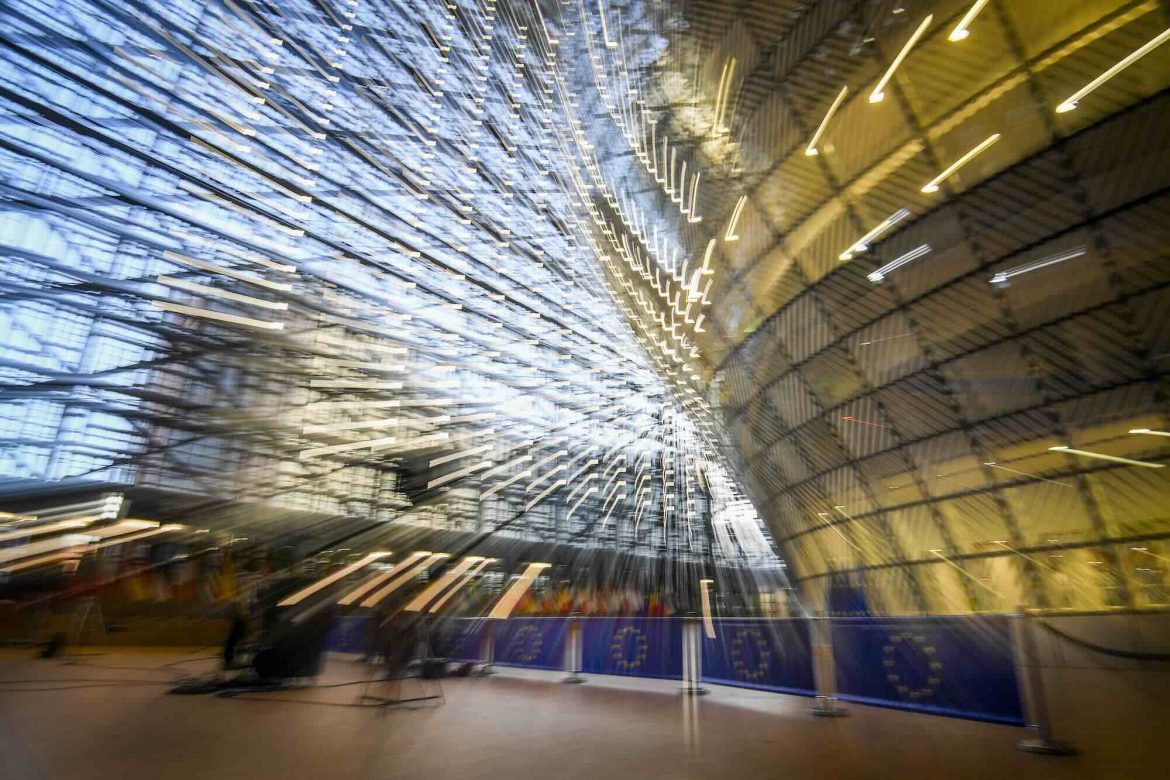The Council of the European Union has formally adopted the Security Action for Europe (SAFE), a major new instrument designed to facilitate joint procurement and long-term investment in the EU’s defence industry.
With a financial ceiling of €150 billion, SAFE represents the first large-scale EU-level defence investment mechanism, reflecting a strategic shift towards greater European autonomy in security and defence policy.
SAFE will provide competitively priced, long-maturity loans to EU member states seeking to invest in defence capabilities. The funding will be allocated on the basis of national plans, with a focus on large-scale, urgent projects aimed at bolstering the European Defence Technological and Industrial Base (EDTIB). The initiative is intended to address capability shortfalls, improve equipment availability, and enhance the EU’s overall defence readiness.
The regulation, adopted by the Council on 27 May, will come into force on 29 May 2025 following its publication in the Official Journal of the European Union.
Polish Minister for the European Union, Adam Szłapka, whose country currently holds the rotating presidency of the Council, welcomed the adoption of SAFE as a landmark achievement. “This is not only a success of the presidency, but of the EU as a whole. This unprecedented instrument will boost our defence capabilities and support our defence industry,” he said.
Joint Procurement and Flexibility Measures
Under the new framework, participating member states will be required, in principle, to conduct joint procurements involving at least two countries. This condition is intended to promote interoperability and economies of scale while reducing fragmentation within the EDTIB. However, the regulation allows for a transitional period during which single-country procurement will be permitted, in view of the urgent geopolitical context and the immediate need for investment in defence systems.
SAFE is also structured to enable the inclusion of third countries. Ukraine and EEA-EFTA states will be granted full access to the instrument on the same terms as EU member states, both as procurement partners and as suppliers. Additionally, countries in accession talks, candidates and potential candidates, as well as those that have signed Security and Defence Partnerships with the EU — notably the United Kingdom — may be included in joint procurements under separate agreements.
The regulation further outlines the potential for bilateral or multilateral agreements with third states to broaden eligibility, reflecting a flexible and inclusive approach to cooperation.
Priority Areas and Eligibility Criteria
SAFE funding will target specific categories of defence products aligned with strategic priorities set by the European Council on 6 March 2025. These are divided into two categories:
Category 1 includes ammunition and missiles; artillery systems; ground combat capabilities and support equipment; critical infrastructure protection; cyber defence; and military mobility.
Category 2 encompasses more complex systems such as air and missile defence, maritime capabilities, unmanned systems, strategic enablers (including airlift and refuelling), space assets, artificial intelligence, and electronic warfare. Products in this category will be subject to stricter eligibility criteria, particularly concerning design authority and system adaptability.
For both categories, procurement contracts must stipulate that no more than 35% of the component cost may originate from outside the EU, EEA-EFTA countries, or Ukraine, in a move aimed at strengthening strategic autonomy and ensuring security of supply.
Strategic Context
SAFE forms part of the broader Readiness 2030 initiative under the European Commission’s ReArm Europe plan, which aims to mobilise over €800 billion in total defence spending. The regulation complements other planned measures, including increased flexibility in national budgets under the Stability and Growth Pact, the mobilisation of EU cohesion funds for defence purposes, and greater involvement of the European Investment Bank and private sector finance.
The adoption of SAFE follows European Council conclusions in March 2025 which called for increased European sovereignty in security matters. At that summit, EU leaders committed to reducing strategic dependencies, enhancing industrial capacities, and improving the EU’s ability to respond rapidly to emerging threats.
While the SAFE instrument focuses primarily on EU industrial and strategic needs, it is also seen as a tool for reinforcing transatlantic cooperation. The regulation underlines the EU’s commitment to maintaining compatibility with NATO standards and preserving access to critical technologies in cooperation with trusted partners.
Implementation Timeline
SAFE will become legally binding on 29 May 2025. Member states will be invited to submit national plans detailing their intended procurements and funding requirements. The Commission, working alongside the European Defence Agency, will oversee implementation and ensure compliance with the instrument’s rules and eligibility criteria.
The launch of SAFE marks a significant departure from past EU approaches to defence procurement, shifting from coordination mechanisms to direct financial engagement. The move reflects an evolving consensus that European security can no longer rely solely on external guarantees and that internal capacity-building is essential in the face of ongoing geopolitical instability.
Image source: European Council Newsroom
Read also:
EU Approves Up to €150 Billion in Defence Industry Investment Through New SAFE Instrument


